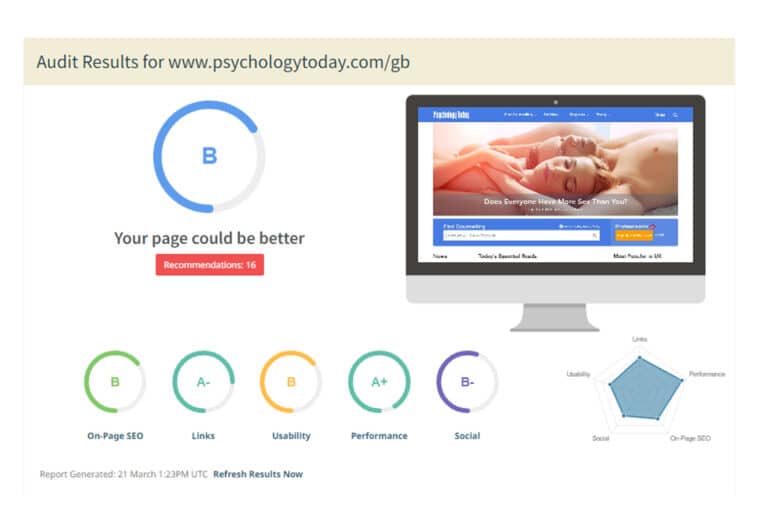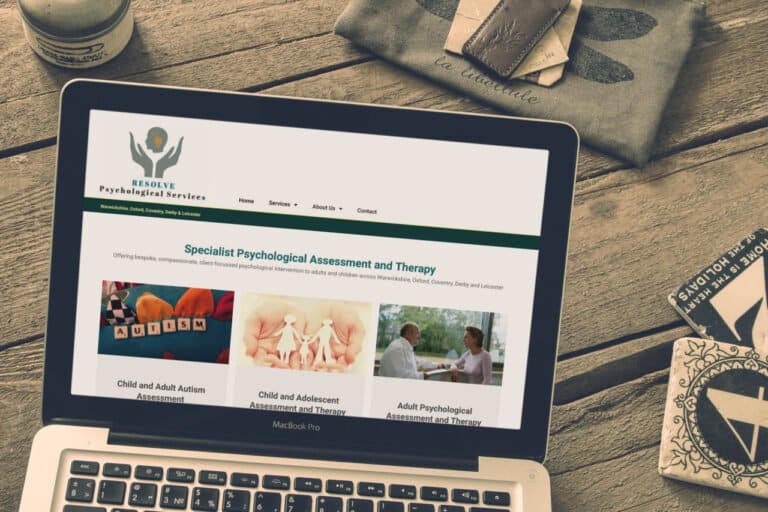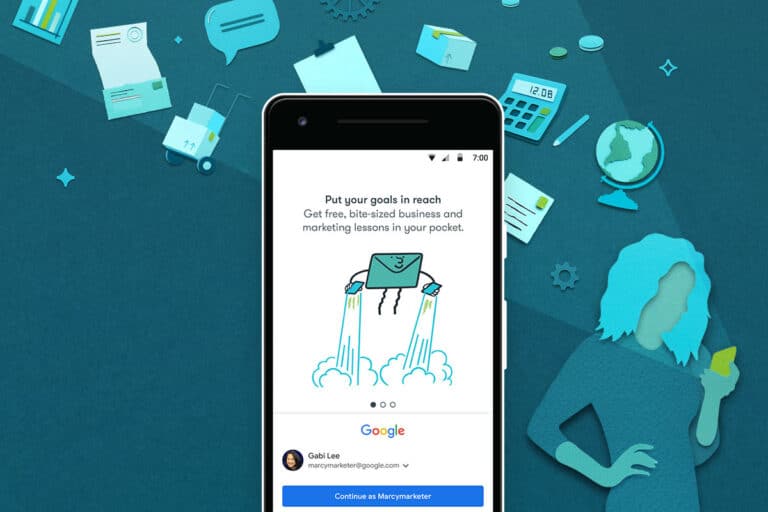To effectively use LinkedIn as a psychotherapist and connect with people to offer supervision as a service, you need to approach the platform strategically. LinkedIn is a professional networking site where you can build your brand, showcase your expertise, and connect with a targeted audience. Here’s a step-by-step guide to help you get started:
1. Create a Professional LinkedIn Profile
- Profile Picture: Use a professional headshot. A warm, approachable smile can help establish trust.
- Headline: Write a compelling headline that clearly states your expertise and the services you offer. For example:
“Experienced Psychosynthesis Psychotherapist | Helping Individuals, Couples, and Groups Achieve Greater Freedom and Fulfillment | Offering Supervision Services”. - Summary/About Section: Write a concise and engaging summary that outlines your 30 years of experience, the types of clients you work with, the therapies you offer, and your unique approach. Highlight your experience in guiding clients towards freedom of choice, improved relationships, and personal growth. Mention your passion for supervision and how your experience makes you an ideal supervisor.
- Experience Section: Detail your professional journey. List your roles, responsibilities, and accomplishments as a psychotherapist. Include any supervision experience or relevant training.
- Skills & Endorsements: Add relevant skills, such as psychotherapy, counseling, supervision, mental health, etc. Encourage past clients or colleagues to endorse you for these skills.
- Recommendations: Request recommendations from peers, former supervisees, or clients who can vouch for your skills and expertise in both therapy and supervision.
- Education and Certifications: List your educational background, certifications, and any specialised training you’ve completed. This adds credibility to your profile.
2. Build Your Network Strategically
- Connect with Relevant Professionals: Start by connecting with colleagues, former clients, and professionals in the mental health field. Expand your network by connecting with potential supervisees, such as new therapists or psychology graduates.
- Join LinkedIn Groups: Join groups related to psychotherapy, counseling, mental health, and supervision. Participate in discussions to showcase your expertise and establish yourself as a thought leader.
- Follow Relevant Pages: Follow pages of organisations, schools, and associations related to psychotherapy and mental health to stay updated on industry trends and engage with their content.
3. Share Valuable Content Regularly
- Publish Articles and Posts: Share insights, tips, and guidance on psychotherapy, mental health, and supervision. Write about your experiences, share case studies (while maintaining confidentiality), and offer practical advice.
- Engage with Your Audience: Respond to comments on your posts and articles. Engage in discussions in groups and on others’ posts to build relationships and establish your presence.
- Share Testimonials and Success Stories: With permission, share anonymised testimonials from clients or supervisees. Highlight how your guidance has helped them grow professionally or personally.
4. Highlight Your Supervision Services
- Create a Dedicated Section for Supervision: In your LinkedIn profile, consider creating a section specifically for supervision. Outline what supervision involves, your approach, and the benefits of choosing you as a supervisor.
- Feature it in Your Headline and Summary: Make sure to prominently mention that you offer supervision services in both your headline and summary to attract those looking for supervision.
- Offer Free Resources: Consider creating free resources, such as eBooks or webinars on topics related to supervision. This can attract potential supervisees and demonstrate your expertise.
5. Utilise LinkedIn’s Features to Promote Your Services
- LinkedIn Events: Host events or webinars on topics related to psychotherapy, counseling, or supervision. This can help you reach a broader audience and establish yourself as an expert.
- LinkedIn Newsletter: If you have a steady stream of content, consider starting a LinkedIn newsletter to regularly share insights and updates with your network.
6. Optimise Your LinkedIn Profile for Search
- Use Keywords Strategically: Use relevant keywords in your profile that potential clients or supervisees might search for. These could include “supervision,” “psychotherapist,” “counselor,” “mental health,” etc.
- Add a Call-to-Action: Encourage people to reach out to you for supervision services. Include your contact information or a link to your website.
7. Leverage LinkedIn’s Messaging and Outreach
- Personalise Connection Requests: When connecting with new people, personalise your requests. Mention why you’re interested in connecting and how you might be able to help each other.
- Direct Messaging: Use LinkedIn’s messaging feature to reach out to potential supervisees or colleagues. Be clear and concise in your messages, offering your expertise and willingness to help.
8. Track Your LinkedIn Analytics
- Monitor Your Profile Views and Engagement: LinkedIn provides analytics on who’s viewing your profile and how your content is performing. Use these insights to refine your strategy.
9. Engage in Continuing Education and Training
- Stay Updated: Regularly update your profile with any new certifications, workshops, or training you attend. This shows ongoing commitment to professional development.
10. Consider LinkedIn Advertising
- Sponsored Content and Ads: If you want to expand your reach, consider using LinkedIn’s advertising features to promote your supervision services to a targeted audience.
By following these steps, you’ll create a strong LinkedIn presence that showcases your expertise as a psychotherapist and supervisor, attracts potential clients and supervisees, and helps you build a valuable professional network. Remember, LinkedIn is a long-term strategy, so be consistent in your efforts and engagement.

























